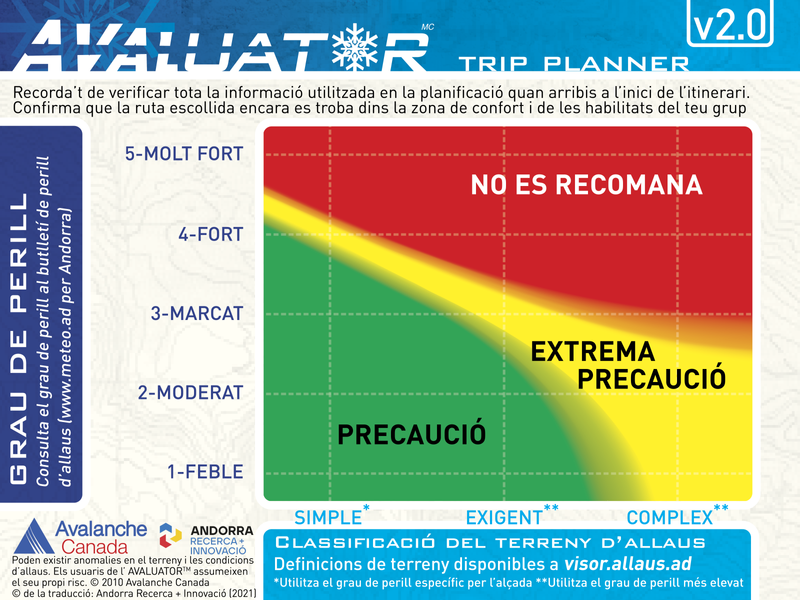Port d'Arinsal i Estanys de Montmantell
General Description
Recorregut: Ruta lineal que transita per diferents camins (GR11, i camins comunals marcats amb punt groc).
Els camins estan ben marcats, menys en l'últim tram al port d'Arinsal que es perden en algun tram.
Ruta on passarem per terreny d'alta muntanya, passarem per trams de tartera i en l'última diagonal arribant al port és una mica aèria.
Observacions: Passarem tant en pujar com en baixar pel refugi del Pla de l'Estany on i trobarem una font d'aigua, també passarem per moltes zones on hi ha rius i també de tarteres de pedra.
Atenció en estar en alçada i sense vegetació, a l'estiu la calor i la irradiació solar pot ser forta o molt forta, cal protegir-se.
Ascens: Sortirem de l'aparcament del Comapedrosa i anirem direcció al Refugi del Pla de l'Estany, passarem per un primer tram de bosc i veurem les bordes de la Coruvilla. Pujarem pel Collet de la Font Podrida que ens durà al Pla de l'Estany, aquí al nostre davant ja veurem el refugi del Pla de l'Estany.
Continuarem la pujada ja per terreny més d'alta muntanya, passarem per la Cabana de Montmantell i aviat arribarem als Estanys de Montmantell, d'aquí amunt el sender és més alpí i una mica més vertical, passarem just per sota del Pic del Pla de l'Estany i observarem a la nostra dreta el port d'Arinsal.
Un cop arribats tindrem vistes dels Estanys de Montmantell, Alt de la Capa, Estació d'esquí de Pal Vallnord.
Descens: En la baixada seguirem el mateix camí de la pujada, tot i que podem baixar passat el Pla de l'Estany per la pista forestal que serà una mica més ràpid.


 Routes and points of interest
Routes and points of interest  Agenda and events
Agenda and events  contact
contact 


























